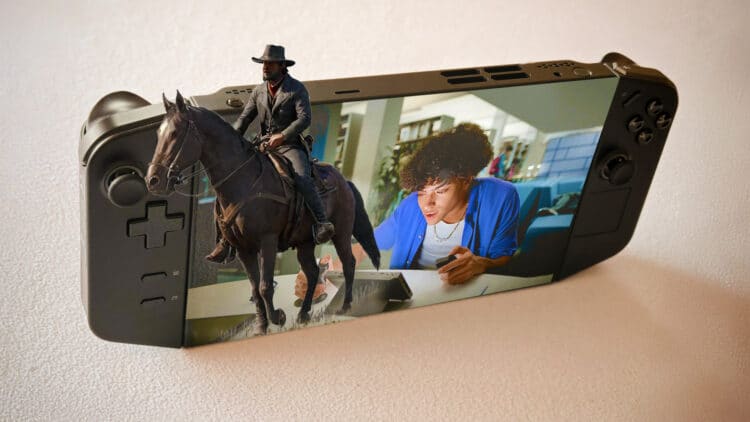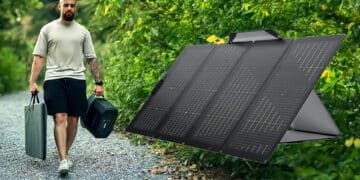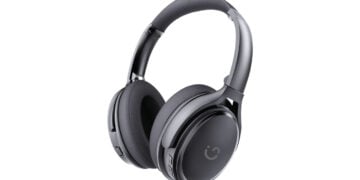The world of the handheld gaming console has always been contentious – at least to me. With modern smartphones and their respective hardware, many games are available for mobile gamers. And, for the more hardcore fan, the gaming laptop industry has produced some of the best options in 2024. Handheld consoles were initially the middle ground between the two. While it existed for many decades, even before the smartphone and gaming laptop, it wasn’t until the Nintendo Switch that we saw any movement in this segment again – which lay reasonably dormant since the release of the Gameboy over two decades ago.
With the relative failure of the PS Vita, mostly in part due to cost, lack of titles to play and poor support, the handheld console market faded into obscurity until the Switch. Even with the success of the Switch and its subsequent OLED upgrade, there weren’t many entries into the race until Steam dropped its variant, the Steam Deck, in 2022 (or 2023 to the rest of the world). Since then, we’ve seen a slight uptick in demand for the handheld, followed by the release of the ASUS ROG Ally, PlayStation Portal, Razer Edge and the Logitech G Cloud, all in 2023.
While a few of these may have grabbed the headline in recent months, there’s one that you might want to pay attention to if you’re in the market for a handheld console. That’s the Lenovo Legion Go Handheld. Unlike the Nintendo Switch and Steam Deck, which are no-doubt handheld consoles, the Legion Go and others fall into the portable PC category. In my opinion, this makes it highly worthwhile. So, let’s get into it.
Lenovo Legion Go Handheld Build and Design
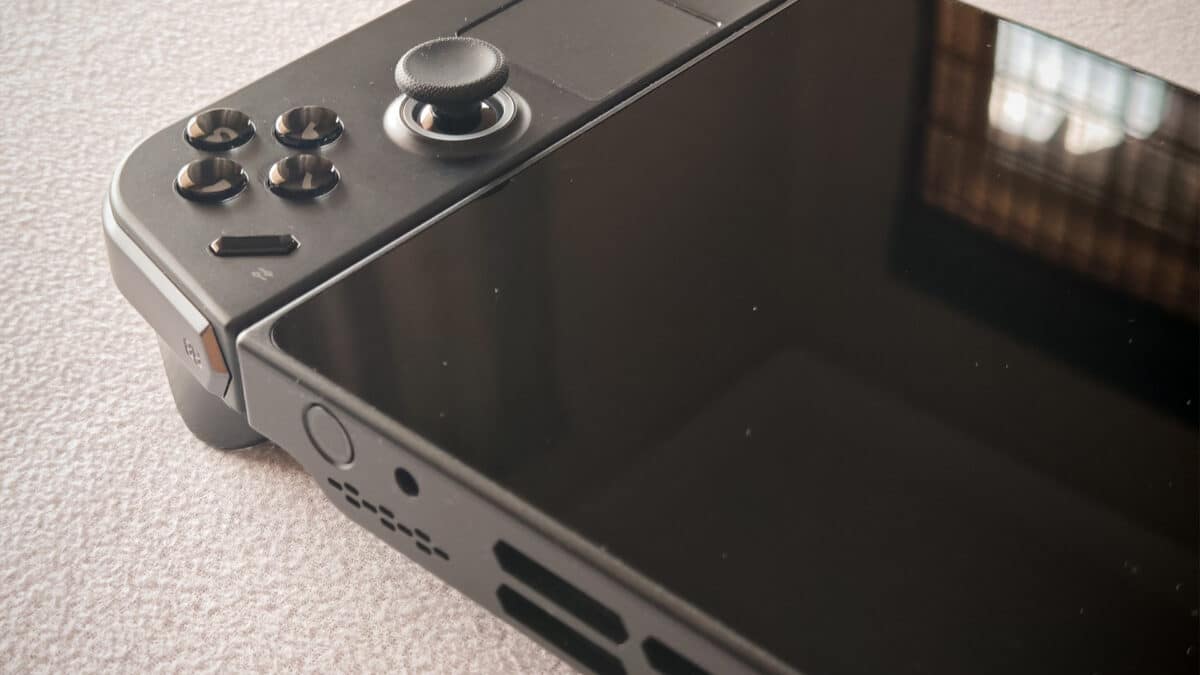
It’s large. Very large. The Lenovo Legion Go is probably the biggest screen from the recent batch. With an 8.8” IPS panel, the visuals are stunning. You’re not going to beat the vibrancy of the OLED panel on the upgraded Steam Deck, but with a higher resolution (2,560×1,600px) on more significant real estate, you get a crisper image – and graphics.
Added to its large size, it also supports HDR and has a 144Hz refresh rate, along with 97% DCI-P3, 83% Active Area Ratio, 10-point touchscreen and Gorilla Glass 5 protection. Despite not being an OLED panel, plenty of features and support on the IPS panel make it stand out.
The Legion Go’s form factor appears straightforward and, by default, resembles the most basic designs. But looks can be deceiving. As with the Switch, the controllers detach from the frame, which opens up plenty of variable use cases. Handheld gaming mode – check. Tablet mode – check. Dual-controller approach – check. And probably one of the niftier features across all the modern handhelds is its FPS mode.
The name might not give anything away in this mode, but the contents include an odd-looking base underneath the unit in its casing. Disconnect your controllers, place the right-hand controller into the base, and switch the toggle to FPS mode. You will have a new format. The right-hand controller becomes a vertical mouse, with the left-hand controller functioning as the keyboard. The D-pad and a few other triggers become the WASD keys. The concept is unique, innovative and intuitive, even upon first use. There are some caveats, and I’ll discuss them later.
Another aspect not included on many of the later handhelds is its kickstand. Thinking about it in retrospect, it seems obvious, but many others don’t have this. Apart from the Switch, which also uses detachable controllers, no other devices are included. Its addition adds even more use cases for the device, which already has plenty of potential with the options already provided. However, the Lenovo team has taken the concept of the handheld as far as it would allow.
There are two Type-C ports included on the Lenovo Legion Go Handheld. One is positioned on the top and the other at the bottom. If I’m honest, the bottom port is probably the only annoying aspect of the design. While its positioning does align with the slit on the case, allowing it to be recharged while packed away neatly, the slit could’ve been added to the top and just have both Type-C ports next to each other. Placing the second port at the bottom almost nullifies its use when using the kickstand. My annoyance will become more apparent later.
The vents are also positioned on the top, allowing the hot air to blow away from you while gaming and not blowing down onto your lap or the table when using the kickstand. The speakers also fire upward and are positioned next to the vents. You do lose some impact with it firing away from you, but it’s still loud enough not to have an issue simply increasing the volume level.
The unit weighs 640g (1.41lbs) without any connections or controllers. Reconnecting the controllers and pushes up to 854g (1.88 lbs). It may not seem much of a factor, but it becomes more noticeable as the hours drag on. Still, managing a few hours at a time is good enough, although I would’ve preferred it to drop a few grams overall. However, using it as a tablet doesn’t present the same strain level, being 214g lighter.
The device has a solid build and doesn’t feel flimsy at all. The controllers also click into place when reconnecting, providing that extra assurance of stability that most users would appreciate. There’s no play or signs that the controllers will lose when playing even the most intense games.
Specifications and Features
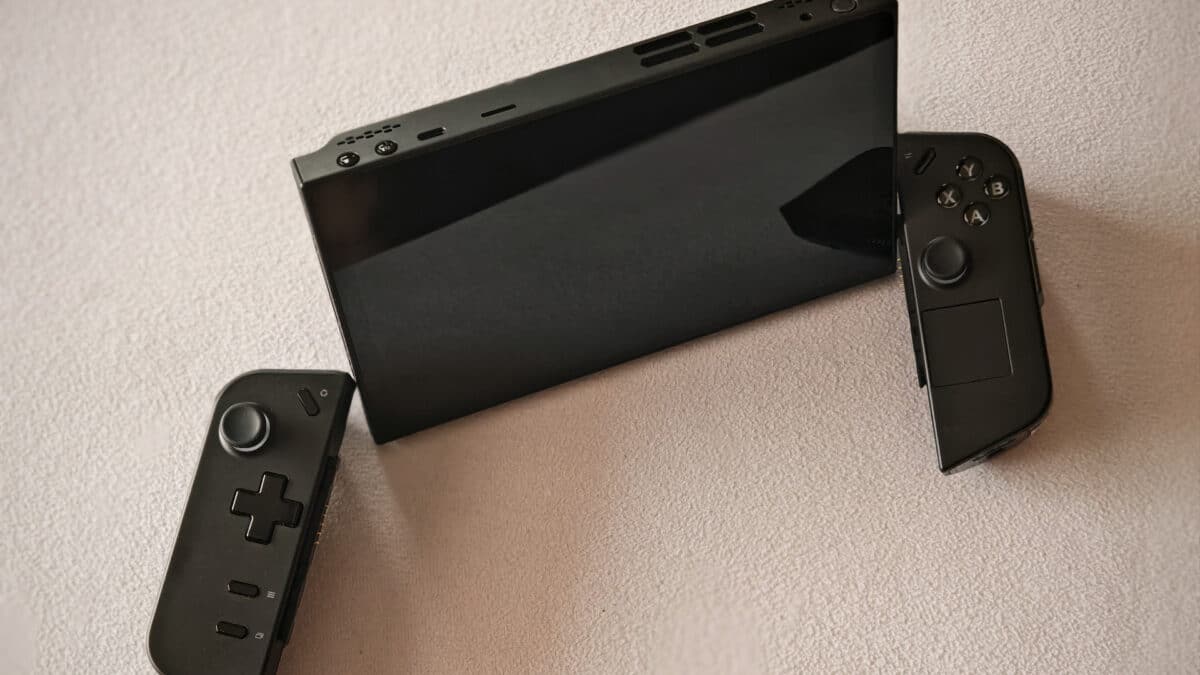
In addition to its screen, the Lenovo Legion Go Handheld features specifications that are on par with many other modern handhelds. The most common CPU used in the latest generation of handheld devices is the AMD Ryzen Z1 Extreme with its integrated RDNA Graphics. This chipset was released in 2022 and popularised with portable releases after adding more power and efficiency with the ‘Extreme’ variant.
The device includes 16GB 7500Mhz LPDDR5X onboard RAM, which cannot be upgraded. There are two variants for internal storage capacity, a 512GB and 1TB option, both of which have PCIe 4.0 NVMe m.2 chips.
It has a larger battery than many other handhelds with a 2-cell 49.2WHr. Its 900mAh battery also has Super Rapid Charge. Additionally, there are x2 2W upward-firing speakers, a dual-array near-field microphone, and a headphone/microphone jack for good measure. And, while we’re on the topic of adding ports that feel almost like something from yesteryear, it also features a MicroSD card reader, which can be used to expand the internal storage by up to 2TB if required.
Regarding connectivity, it features 2×2 WiFi 6E (802.11 ax) and Bluetooth 5.2. There isn’t an Ethernet port to connect your LAN cable, but it does have Type-C 4.0, which supports DisplayPort 1.4 and Power Delivery 3.0. By adding a few adapters into the mix, you can connect your LAN and HDMI or DisplayPort cables to your external monitor.
Performance
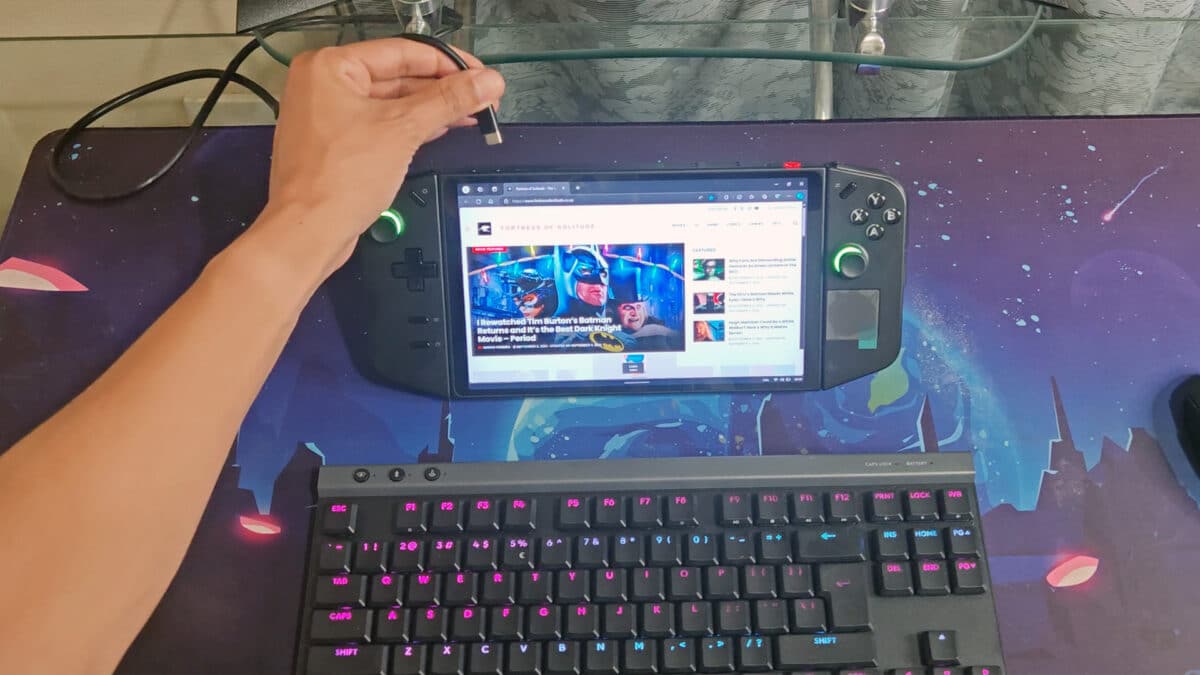
When it comes down to the performance, it all depends on your configuration, which can be adjusted to your preference. If you want the best performance and graphics, you can tune it to deliver just that. However, this is at the expense of the battery life. The opposite also works, turning the Watts to deliver a more economical performance at the expense of outright performance.
There are loads of other options to tinker with as well. For example, there are two options for the screen’s refresh rate: 60Hz and 144Hz. Unfortunately, it doesn’t include the variable refresh rate feature, which would’ve made it much easier to optimise the battery. Instead, you’ll have to select one or the other before use in gaming.
Regarding benchmark scores, the wattage also significantly affects what it can deliver. Compared to the Steam Deck and ASUS ROG Ally, the Legion Go doesn’t perform as well when using the economical settings – roughly 15-20W. On average, the Legion Go scored below the 50-point mark, with the other two slightly above that mark. Switching up towards the mid-level, the benchmark performances begin to even out. That said, there are many more optimisation modes to choose from when using Legion Go, which provides many more options.
The Lenovo Legion Go Handheld truly comes into its own at the top tier of performance when using AC power. Here, the benchmark scores are 25-30% higher than the Deck and about 5-10% over the Ally. Furthermore, with a much higher-resolution screen fitted, it looks sharper and more detailed than the other devices, making it stand out. Games look crisp and are much easier to see with the larger screen and additional pixels.
Looking back at the benchmark testing, the Lenovo Legion Go Handheld and the Ally can pull more than 30W of power from their respective batteries, whereas the Deck cannot. Both of these devices deliver better battery performance but with the caveat of less battery life if you do so. That said, the Legion Go has a bigger battery than its competitors and, depending on the game, has, on average, a better battery life. In the worst case, the battery life for a specific game was relatively equal, and at its best, the Legion Go delivered up to an hour more battery life than both the Deck and Ally. Those are impressive numbers when it’s notable that the battery life is around four or five hours at its best running lower-tier games. The Legion Go’s larger battery compensates well for its larger screen, which undoubtedly draws more power.
As mentioned previously, Windows 11 isn’t optimised for handheld gaming. If we expand on this further and dig deeper, it’s not the most optimum for running games. As a result, one aspect of Windows-enabled or portable PC handhelds is that the OS still limits them. As a norm, the devices switch to battery-saving mode at a specific battery level – typically below 30% by default – and then go into total hibernation below the 5% battery mark to ensure the OS integrity. This is in contrast to the Linux-based SteamOS, which still allows you to continue a game at 3% before you need to take any action and turn off the game to avoid possible issues with cloud saves and the like.
More than Just a Handheld – Additional Features
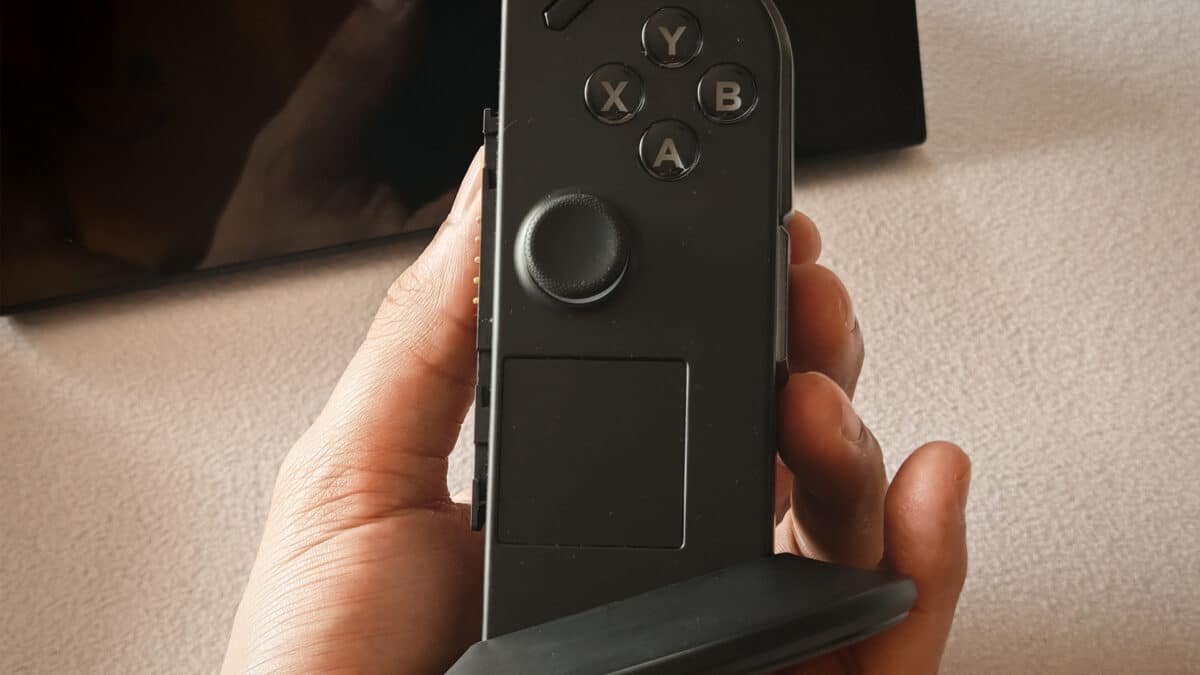
This is probably one of the more notable aspects of the Lenovo Legion Go Handheld. It may be possible to transform your ASUS ROG Ally into a portable PC without the same optimisation level. For starters, the Legion Go features a nifty kickstand, allowing users to connect a Bluetooth mouse and keyboard and use it as a portable PC. The larger screen also makes this easier.
With my three-way connector, which includes an HDMI, USB Type-A and Type-C ports, I could transform the Legion Go even beyond that. Connecting the HDMI allowed me to turn the device into a full workspace mode with two screens, a keyboard, and a mouse, and I even connected it to the LAN with the Type-A to Ethernet adapter. And it worked great. As a critical test during the review, I spent a week utilising the device as a convertible device, much as I would my gaming laptop, switching between work and gaming during the day. The only issue I had with the setup, as mentioned in the design section, was the addition of the second Type-C port below rather than beside the port on the top of the unit.
Additionally, the Lenovo Legion Go Handheld allows the controllers to disconnect and continue usage. Initially, the use cases were limited. However, Lenovo has since expanded on this, releasing its peripherals that turn the controllers into a larger-framed controller resembling the Xbox or PlayStation controllers. The Lenovo team included a base for the right-hand side controller, which allows users to turn the device into a vertical mouse. It’s a neat trick that was a surprise addition. However, it takes some getting used to, primarily if you’ve not regularly used a vertical mouse.
But it works.
Playing games in this manner requires you to customise the essential configuration for the left-hand side controller, which mimics the WASD layout of the keyboard, Tab and other surrounding buttons. Once you spend some time with your configuration, you’re all set. I tested this by playing RDR2 for a couple of hours and eventually became proficient enough not to be too bothered by it. That said, I was not ready to attempt any online gaming using this configuration.
RELATED: ASUS Zenbook S 16 – A Glimpse Into the Future Of AI Laptops
Is the Lenovo Legion Go Handheld Worth It?
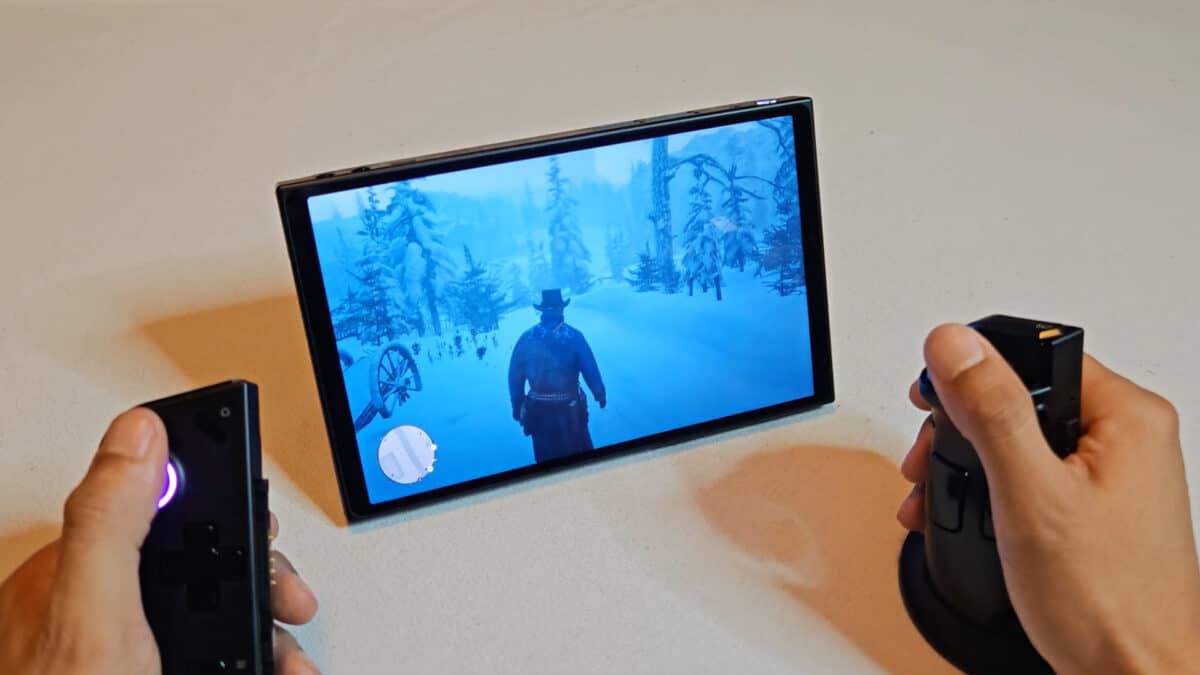
In short, yes. Even with a more extended argument, the answer would still be yes. The Lenovo Legion Go Handheld is formidable as a handheld console, featuring specifications similar to those of many competitors. Still, it blows away the competition thanks, in part, to its much larger screen, detachable controllers, and expansion into FPS mode. Furthermore, the real value is found in adding a kickstand and the ease of converting the device into a portable PC or tablet.
There are a few gremlins that add a few niggles, but most of that is a result of Microsoft’s lack of updates for Windows for the portable and handheld ecosystem, even having admitted to this themselves. However, none of these challenges dampened my optimism for the Legion Go, which was an enjoyable experience overall.
The unit carries a retail price of R15,999. That was the original starting price of the ASUS ROG Ally, which received a significant discount with the launch of the more powerful ROG Ally X, which retails for R17,999. South Africa has a decent selection of handheld consoles, including the PlayStation Portal and Nintendo Switch models. That said, if I had the option between those available, it would be the Legion Go Handheld console.
The Review
Lenovo Legion Go
More than just outshining the competition with better framerates, a more prominent and higher resolution screen and a host of great features, the Lenovo Legion Go shows the world and industry what’s possible on what was previously thought to be a simple handheld console. It opens the door to explore various configurations thanks to its detachable controllers and conversion into a vertical mouse and keyboard, as well as expanding further into fully supporting its portable PC tag. It’s brilliant.
PROS
- High-resolution 8.8" screen
- Detachable controllers
- FPS mode - vertical mouse and keyboard
- Converts into a fully portable PC
- Useful kickstand
- Type-C 4.0 ports with DisplayPort support
CONS
- Its large screen makes it quite heavy
- Some Windows bugs on gaming resolution and windowed modes
- No variable refresh rate


